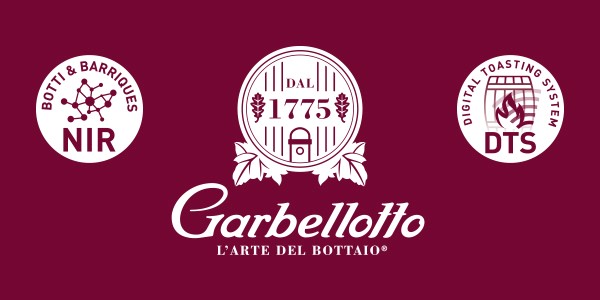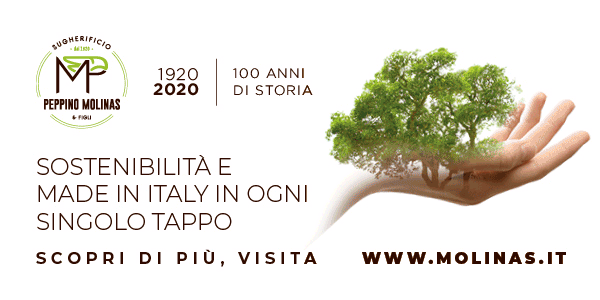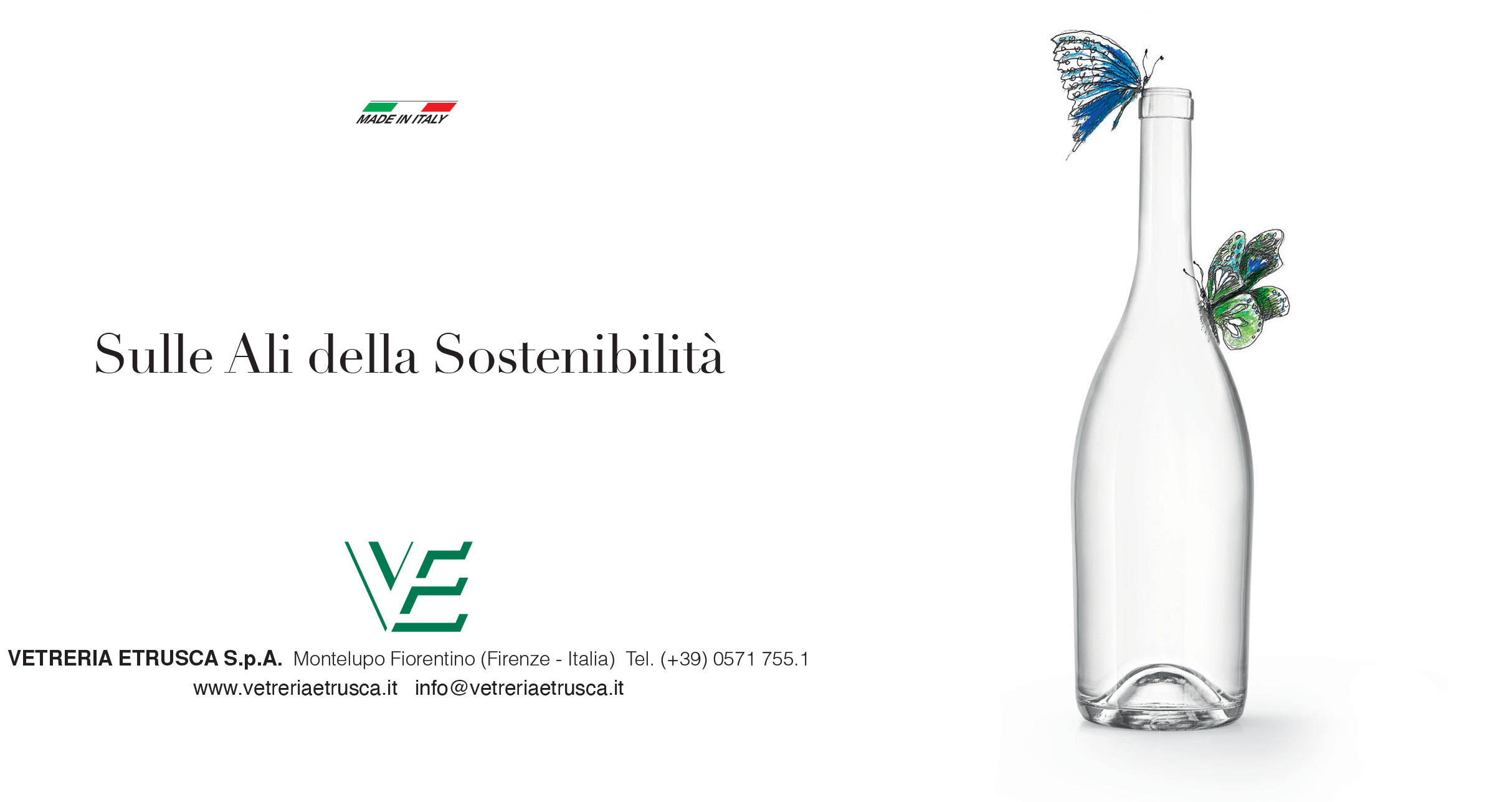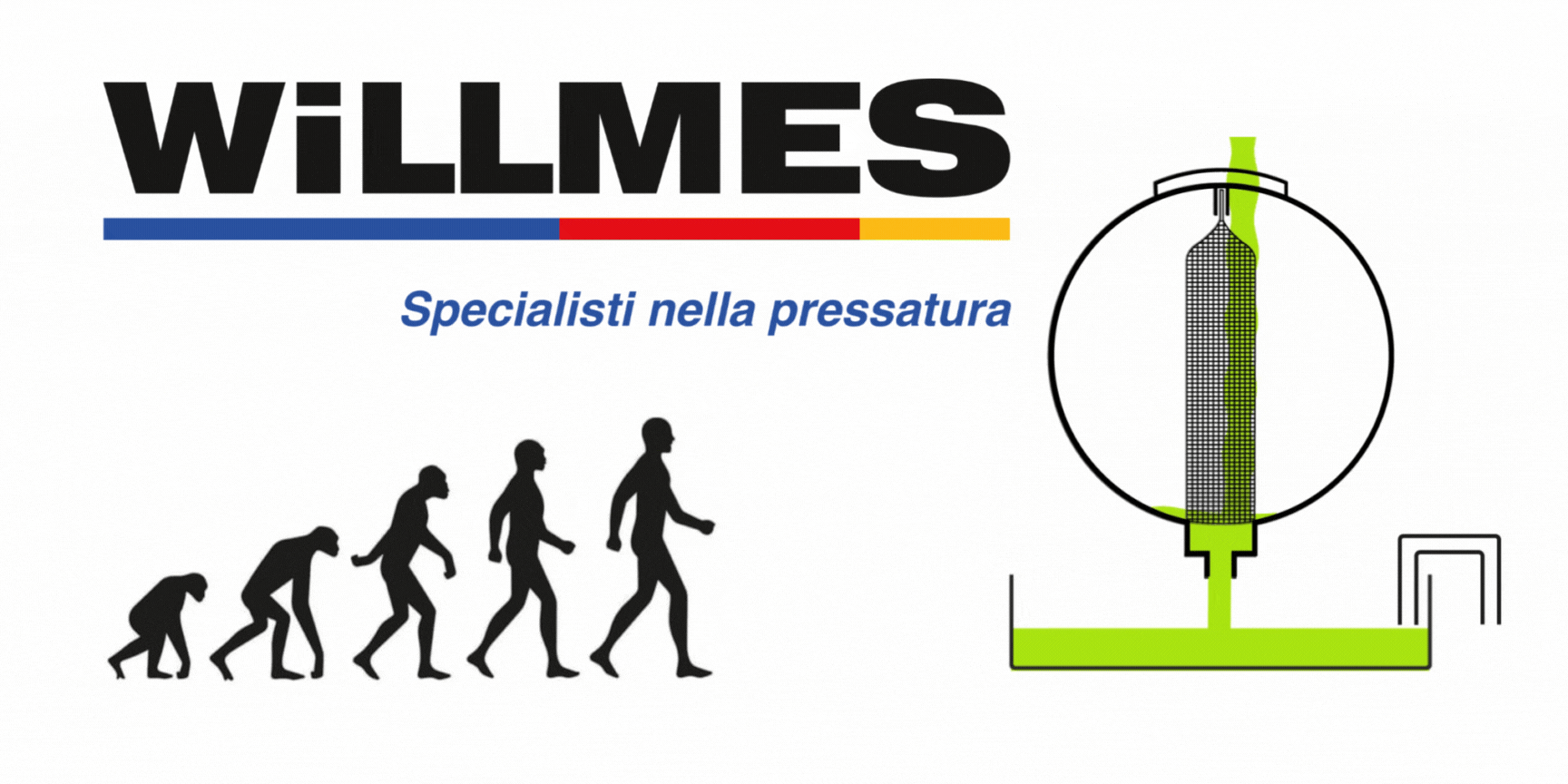Il progetto Enofotoshield. Innovazione nella prevenzione dei difetti di luce nei vini bianchi e rosati.
Il progetto Enofotoshield, di cui Assoenologi è partner, è finalizzato ad individuare strumenti enologici e fermentativi efficaci nel prevenire il difetto di luce ma conservativi verso le caratteristiche sensoriali del vino.
Il gruppo di ricerca del Dipartimento di Scienze per gli Alimenti, la Nutrizione e l’Ambiente (DeFENS) dell’Università degli Studi di Milano espone i risultati della ricerca svolta sui vini bianchi e rosé, fermi e spumanti, protetti con sistemi additivi o con lieviti di fermentazione specifici.
Pubblichiamo di seguito l’articolo del gruppo di ricerca dell’Università degli Studi di Milano pubblicato su Journal of Fungi
The Riboflavin Metabolism in Four Saccharomyces cerevisiae
Wine Strains: Assessment in Oenological Condition and Potential Implications with the Light-Struck Taste
Abstract: Riboflavin (RF), or vitamin B2, is an essential compound for yeast growth and a precursor of the flavin coenzymes, flavin mononucleotide (FMN) and flavin adenine dinucleotide (FAD), involved in redox and non-redox processes. RF is a photosensitive compound involved in the light-struck taste (LST), a fault causing the formation of off-flavors that can develop when the wine is exposed to light in the presence of methionine (Met), as well. As both RF and Met can be associated with detrimental changes in wines, a better comprehension of its yeast-mediated production is relevant to predict the maintenance of the desired character of the wine. This study aims at assessing the production of flavin derivatives (FDs) and Met by S. cerevisiae oenological starters under laboratory conditions. The results showed the presence of extra- and intracellular FDs, and Met is a strain-dependent characteristic being also affected by the initial content of RF in the medium. This finding was confirmed when the winemaking was carried out in a relevant environment. Our results evidenced the important impact of the yeast strain on the content of RF and its derivatives.










































